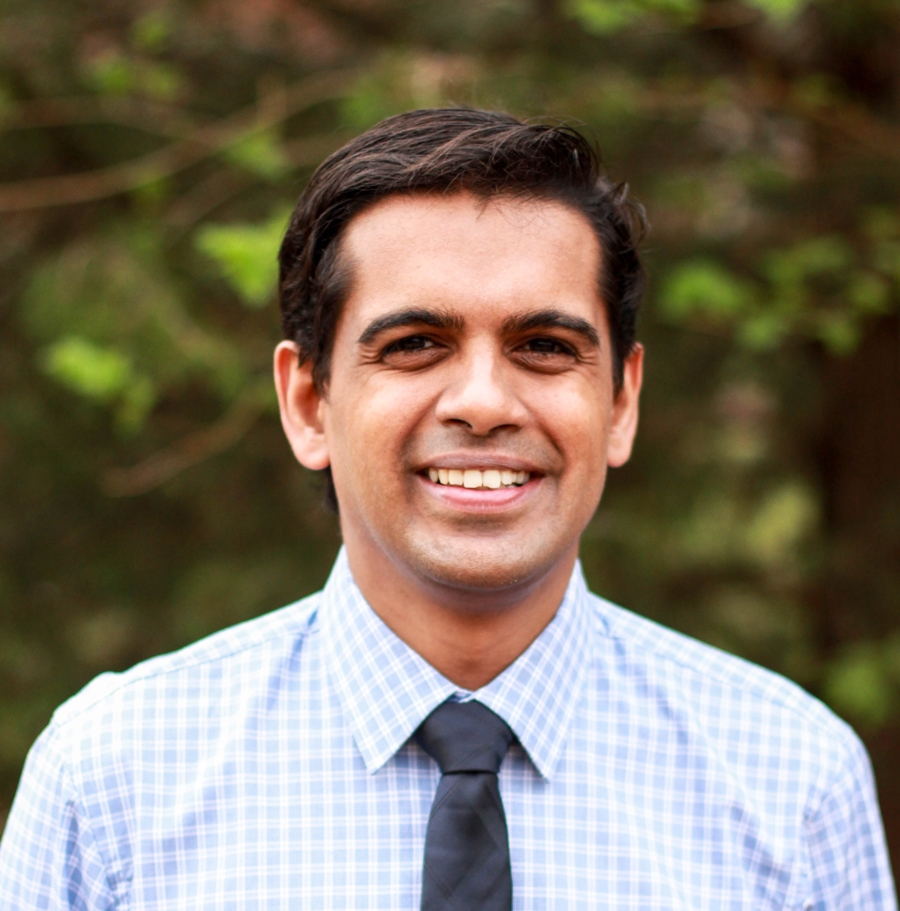
 Editor's Note: OU Engineering faculty are bringing unprecedented success to the Gallogly College of Engineering at the University of Oklahoma. In 2023, the National Science Foundation announced that six engineering faculty received an Early Career Development Award (CAREER) that recognizes junior faculty who have the potential to serve as academic role models in research and to learn research advances.
Editor's Note: OU Engineering faculty are bringing unprecedented success to the Gallogly College of Engineering at the University of Oklahoma. In 2023, the National Science Foundation announced that six engineering faculty received an Early Career Development Award (CAREER) that recognizes junior faculty who have the potential to serve as academic role models in research and to learn research advances.
As the world transitions toward more renewable energy resources and deals with the consequences of a changing climate, the resiliency of energy infrastructure are becoming ever more urgent. University of Oklahoma researcher Paul Moses, Ph.D., has received a Faculty Early CAREER Development award from the National Science Foundation to better understand how chaotic grid disturbances from events like solar storms impact energy infrastructure.
In one of the first documented incidents, the 1859 Carrington Event, an extreme solar flare caused telegraph systems to go haywire worldwide. Likewise, the magnetism generated during Aurora Borealis events can damage electrical power grids and space satellites, as in March 1989 in Quebec, Canada.
“Solar events like the Aurora Borealis are created by geomagnetic storms, caused by solar flare activity and solar winds. When that hits the atmosphere, it creates electromagnetic disruptions, affecting the power grid,” Moses said. “That has been well studied for a long time, but not when we combine renewable energy systems into those systems, like solar and wind power, and battery storage. There are a lot of knowledge gaps in how those disturbances affect the power grids in a renewable energy-rich environment.”
Moses, an assistant professor in the School of Electrical and Computer Engineering, will use the five-year CAREER award to advance the study of these kinds of chaotic grid disturbances – their underlying physics and characteristics, considering high volumes of renewable energy added to legacy power grid infrastructure, to improve mitigation strategies that could help prevent grid failure.
“A lot of the components in our power grid are based on century-old design principles like the transformer, which is the device that changes voltages. The transformer is everywhere and not going away for decades, so we're stuck, in a way, with these legacy components. We want to learn how they respond to this renewable energy-rich environment coupled with all these disturbances like geomagnetic storms, which present new burdens and stressors,” he said.
Moses anticipates three phases of the project. He is developing models and software to simulate geomagnetic storms and their impact on the grid. By modeling the aging of legacy energy infrastructure components and the impacts of geomagnetic storms, he hopes to better understand potential impacts on the lifespan and performance of critical components to improve grid resiliency and rapid recovery.
“When you have solar, wind and battery storage, it has to be connected to the grid through what we call inverters, or solid-state power converters,” Moses said. “That presents a new uncertainty because this has cropped up in recent years. How does this new technology associated with renewables work with the old archaic infrastructure? The grid was not designed to operate with these devices, raising new uncertainties.”
Whereas the project's first phase aims to understand ways to mitigate or prevent grid failure, the second phase is to improve the detection of electrical transients from geomagnetic storms or other chaotic grid disturbances.
“A lot of these phenomena are very difficult to detect and go unnoticed until it's too late, so the next phase is to look at better detection of these disturbances and try to anticipate a problem before it causes irreversible damage,” he said.
The third phase moves the research from computer simulations to the lab, aiming to validate the modeling with experimental testing, which will also provide opportunities for Moses’ students to contribute to the experimentation.
“Ultimately, this project is aimed at de-risking the integration of sustainable energy technologies to realize a more robust, resilient and self-healing energy infrastructure for greater economic prosperity, health and living standards for society,” he said.
Woven throughout each stage of the project is educational outreach, including the development of STEM-oriented educational resources for K-12 students to gain access to an electrical energy-related curriculum.
About the Project
The project, “CAREER: Untangling Chaotic Electromagnetic Transient Phenomena in Power Systems Mixed with Volatile Inverter-Based Renewable Energy Resources,” is funded by the National Science Foundation, award no. 2237527. The project began on Feb. 15 and is expected to conclude on Jan. 31, 2028.
By Chelsea Julian, Office of the Vice President for Research and Partnerships